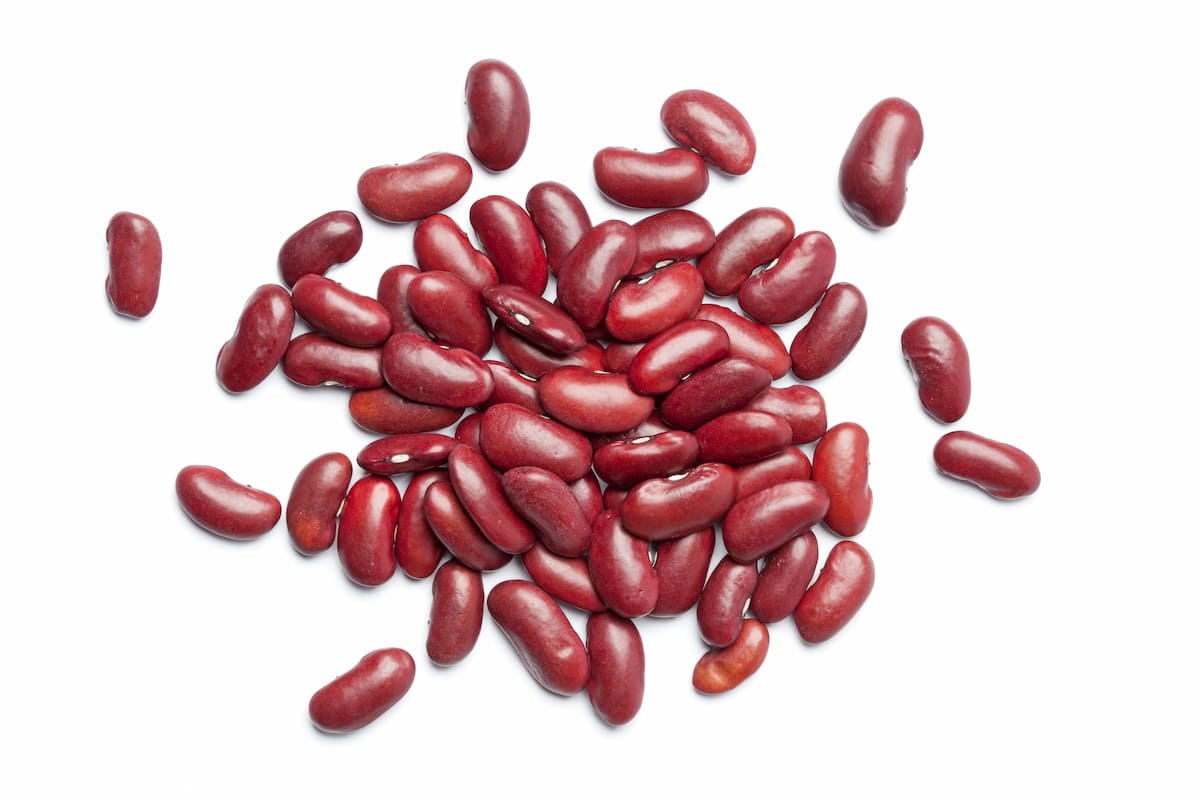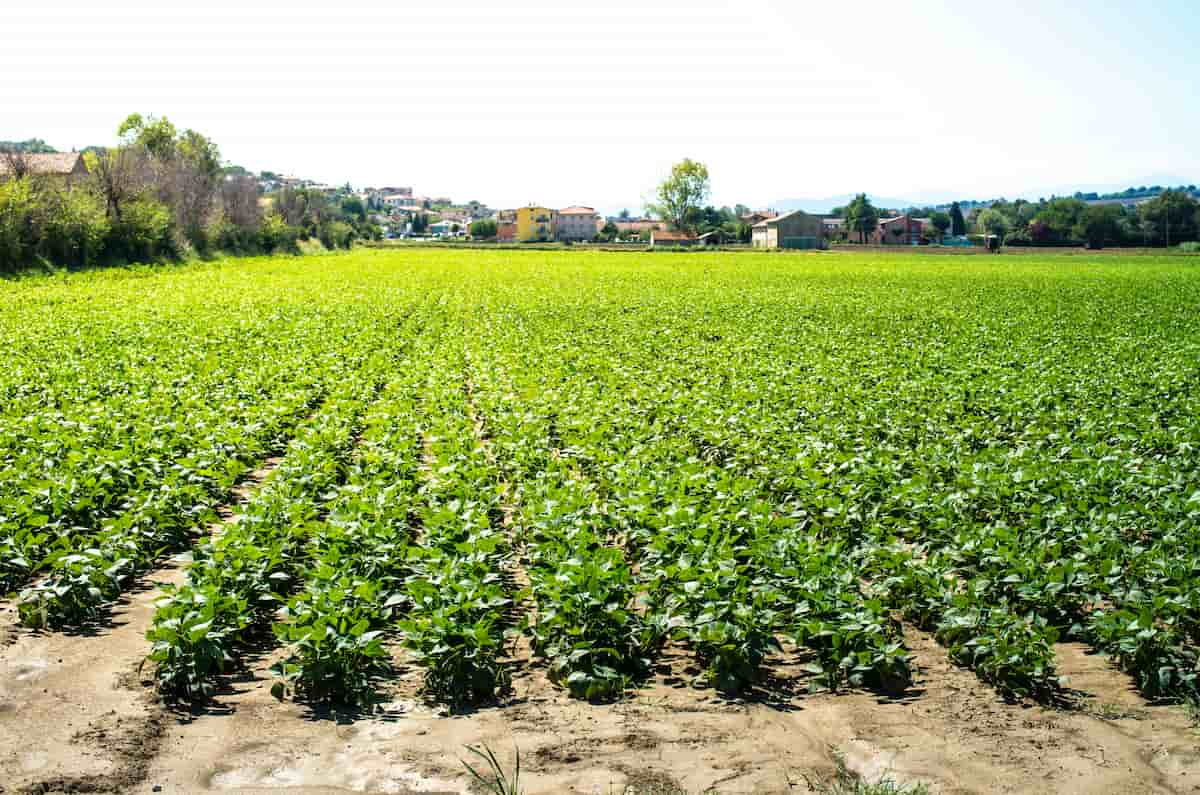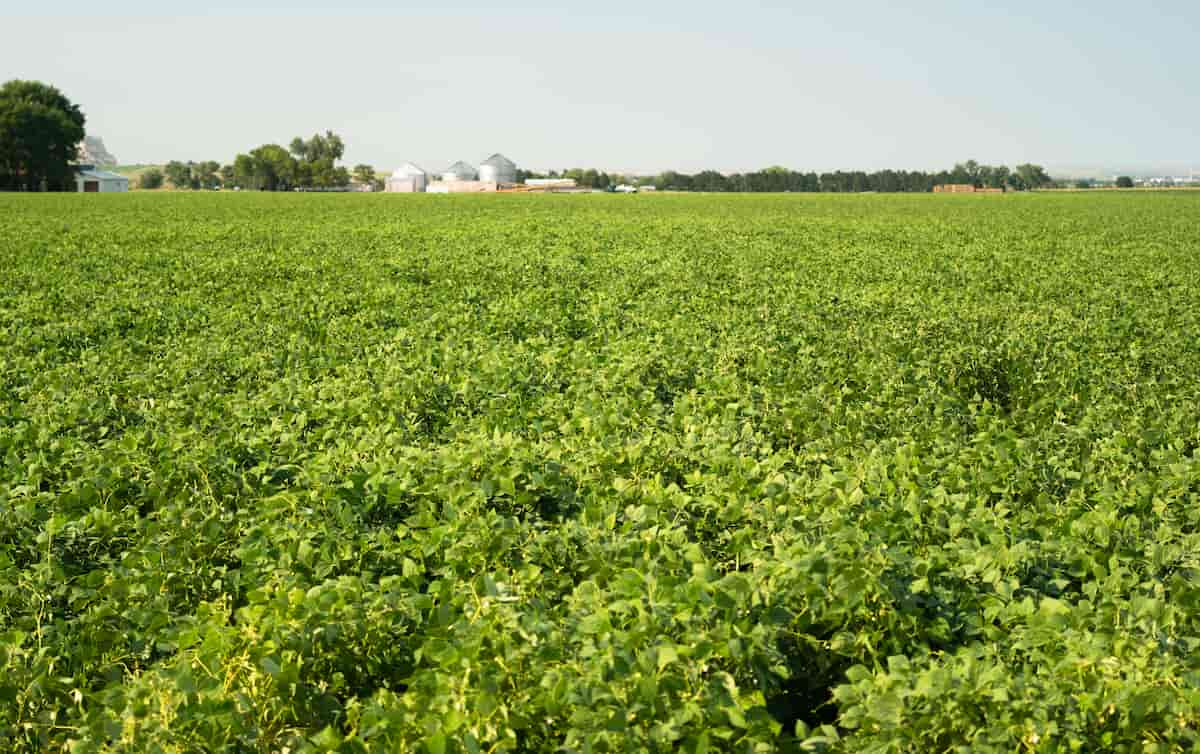Kidney beans are an excellent source of protein and fiber, making them a popular food item in many cultures. However, one issue that growers face is the uneven distribution of male and female flowers on the plants, which can affect yield. Female flowers are the ones that develop into pods, so increasing their number is crucial to maximizing harvest. To increase female flowers in kidney beans, growers can employ several techniques.

One method is to plant varieties with a higher proportion of female flowers. Another approach is to provide the plants with adequate nutrition, especially phosphorus, and potassium, which can promote flower development. Controlling the amount of water and sunlight, the plants receive can also affect flower production. By implementing these strategies, growers can improve the yield and quality of their kidney bean crops.
How to Increase Female Flowers in Kidney Beans
Introduction to Kidney Beans Cultivation
Kidney beans are a popular crop grown worldwide for their high protein and fiber content. They belong to the legume family, also known as red beans, Mexican beans, or chili beans. According to FAO, global kidney bean production in 2020 was 5.7 million metric tons, with China being the largest producer, followed by Myanmar, India, and Brazil. Kidney beans are typically planted in the spring or early summer when soil temperatures reach at least 60°F. They grow best in well-drained, fertile soil with a pH of 6.0-7.5.
The crop requires adequate moisture and sunlight, with an optimal temperature range of 70-80°F. Regarding pest management, kidney beans can be susceptible to various pests, including aphids, leafhoppers, and spider mites. Weed control is also important to ensure optimum yield. Successful kidney bean cultivation requires careful attention to soil quality, water management, temperature control, and pest management. With proper care, growers can achieve high yields of this valuable crop.
Understand the Anatomy of Kidney Beans Flowers
To understand the anatomy of kidney bean flowers, it’s essential to know that they have both male and female organs, with the female organs being more prominent. The flowers are arranged in clusters on long stalks and are typically a shade of pink or purple. The ovary contains the egg cell at the center of each flower. Surrounding the ovary are the style and stigma, which receive and help transport pollen from the male organs.
The male organs, called stamens, surround the female organs and consist of a filament and an anther. The anther produces pollen, which is transferred to the stigma during pollination. Overall, understanding the anatomy of kidney bean flowers is important for proper pollination, which ultimately leads to successful bean production.
Best Variety of Cultivation Kidney Beans
There are several popular varieties of kidney beans for cultivation, including Red, Black, Light Speckled, Dark Red, White, and Pink Kidney Beans. Other popular types include Borlotti, Pinto, and Cranberry beans. Enola, Great Northern, Hutterite beans, Jacob’s Cattle, Mayocoba, and San Juan Pueblo beans are also grown. Smaller beans like Small Red, Tiger’s Eye, and Tongues of Fire are also popular, as are larger beans like Colorado River, Sangre de Toro, and Vermont Cranberry beans. Yellow Indian Woman, Yellow Eye, and Yin Yang are other kidney bean varieties.
Optimal Growing Conditions for Kidney Beans
- Soil temperature: Plant when the soil temperature reaches at least 60°F or higher.
- Soil quality: Kidney beans prefer well-drained, fertile soil with a pH of 6.0-7.5.
- Moisture: Adequate moisture is necessary for the crop to grow, with approximately 1 inch of water per week.
- Sunlight: Kidney beans require full sunlight for optimal growth.
- Temperature: Optimal temperature range for kidney beans is 70-80°F.
- Posts: Kidney beans can be susceptible to various pests, including aphids, leafhoppers, and spider mites.
- Weed control: Weed control is important to ensure optimum yield.
- Fertilizer: Nitrogen fertilizer can be beneficial for kidney bean growth.
- Crop rotation: Plant kidney beans in a field without legumes in the last three years to prevent disease and pest buildup.
In case you missed it: How to Increase Female Flowers in Zucchini: Explained in 10 Simple Steps

Kidney Beans Flowering Stage
During the flowering stage of kidney beans, the plants produce clusters of small, white to pink flowers. These flowers are important for the subsequent formation of pods and beans. Kidney bean flowers have male and female reproductive organs, with the male organs producing pollen and the female organs containing the ovary where the beans will develop.
Bees usually do pollination, but wind and self-pollination can also occur. The flowering stage typically lasts for a few weeks, after which the beans will begin to develop and mature. Proper care during this stage ensures a healthy and abundant harvest.
Factors that Affect Less Female Flowers in Kidney Beans
- High temperatures: Extreme heat can reduce the number of female flowers produced by the plant.
- Water stress: Lack of adequate water can also reduce the number of female flowers produced.
- Nutrient deficiencies: Inadequate levels of phosphorus, potassium, and other nutrients can limit the development of female flowers.
- Soil pH: Kidney beans prefer a slightly acidic soil pH, and an imbalance in pH can negatively impact flower development.
- Genetics: Certain varieties of kidney beans may naturally produce fewer female flowers.
- Pest damage: Damage from pests like aphids and spider mites can also affect flower production.
10 Simple Tips to Increase Female Flowers in Kidney Beans
- Choose the right variety: Some varieties of kidney beans naturally produce more female flowers. Research and choose a variety that is known for producing more female flowers.
- Soil quality: Ensure the soil is well-drained, fertile, and has a pH of 6.0-7.5.
- Water management: Provide adequate moisture to the plants through regular watering, especially during flowering.
- Temperature control: Plant kidney beans when the soil temperature is at least 60°F and avoid extreme heat, which can reduce flower production.
- Nutrient balance: Apply balanced fertilizers with adequate phosphorus, potassium, and other nutrients to promote flower development.
- Soil pH: Test the soil pH and adjust it to the optimal range for kidney beans.
- Pest management: Control pests like aphids and spider mites that can damage the flowers.
- Companion planting: Plant companion plants like marigolds and basil to attract pollinators like bees.
- Pruning: Prune the plants to promote air circulation and prevent overcrowding, which can limit flower production.
- Crop rotation: Rotate the crop year to prevent pest and disease buildup and ensure healthy soil.
Frequently Asked Questions on Kidney Beans
How Do You Increase Flowering in Beans?
Adding potassium-rich fertilizers is essential to encourage flowering in kidney beans as they help initiate flowering. If the soil is high in nitrogen, it will promote healthy green growth, which can be achieved by adding compost, blood and bone, and sheep pellets.
How Do You Make Kidney Beans Grow Faster?
Maintain adequate moisture in kidney bean plants by avoiding overwatering. White suggests adding mulch to the soil, which helps retain moisture and prevent weed growth, as kidney beans only require minimal care.
What Nutrients Do Kidney Beans Need to Grow?
In addition to nitrogen, potassium, and phosphorus, beans also need small amounts of manganese, calcium, and iron. Your soil has these nutrients in adequate amounts, especially if you amend it yearly with compost or manuring.
What is the Best Season for Growing Kidney Beans?
The ideal time for planting kidney beans is February-March for spring and May-June for Kharif. In some regions like Punjab, they are sown in the last week of January.
In case you missed it: How to Increase Female Flowers in Snake Gourd: Explained in 10 Simple Steps

Conclusion
To achieve a successful kidney bean harvest with higher yields, growers can increase the number of female flowers by selecting the suitable variety, providing optimal growing conditions, and controlling pests and diseases. With these ten simple steps, growers can improve the health and productivity of their plants with careful attention and patience.
- Feed Your Flock for Less: Top 10 Tips to Save on Chicken Feed
- Ultimate Guide to Ossabaw Island Hog: Breeding, Raising, Diet, and Care
- Hatching Answers: The Top 10 Reasons Your Chickens Aren’t Laying Eggs
- Eggs and Economics: Breaking Down the Cost of Raising Backyard Chickens
- Defend Your Greens: Proven Methods to Keep Iguanas Out of Your Garden
- Ultimate Guide to Cinnamon Queen Chicken: A Comprehensive Guide for Beginners
- Ultimate Guide to California Tan Chicken: Breeding, Raising, Diet, Egg-Production and Care
- Ultimate Guide to Marsh Daisy Chicken: Breeding, Raising, Diet, and Care
- 10 Types of Chicken Farming Businesses You Can Start for Profits